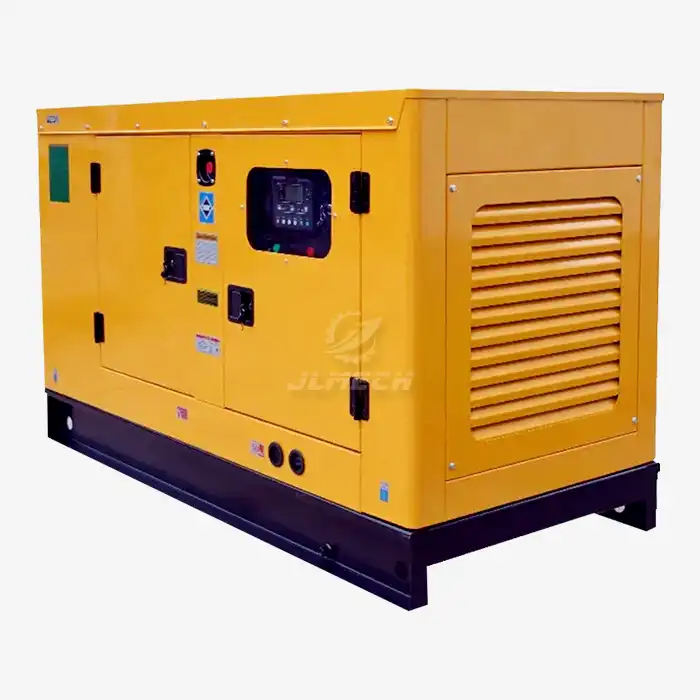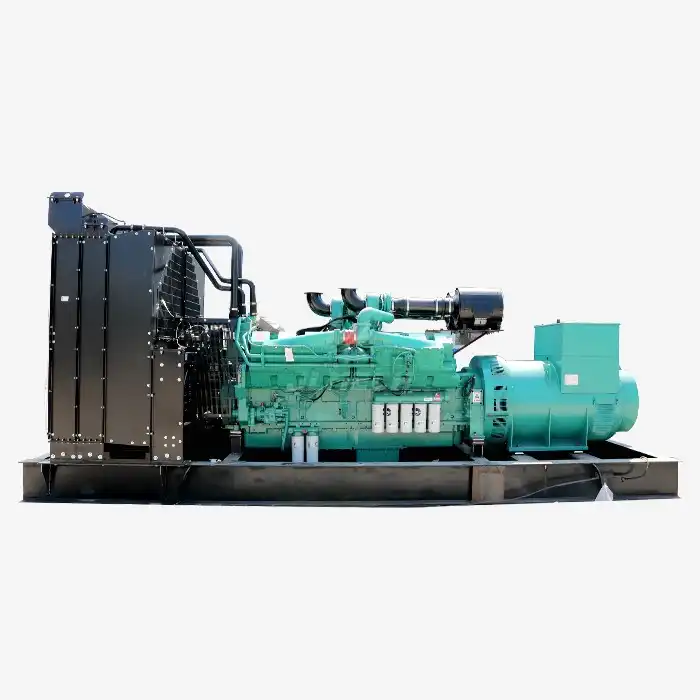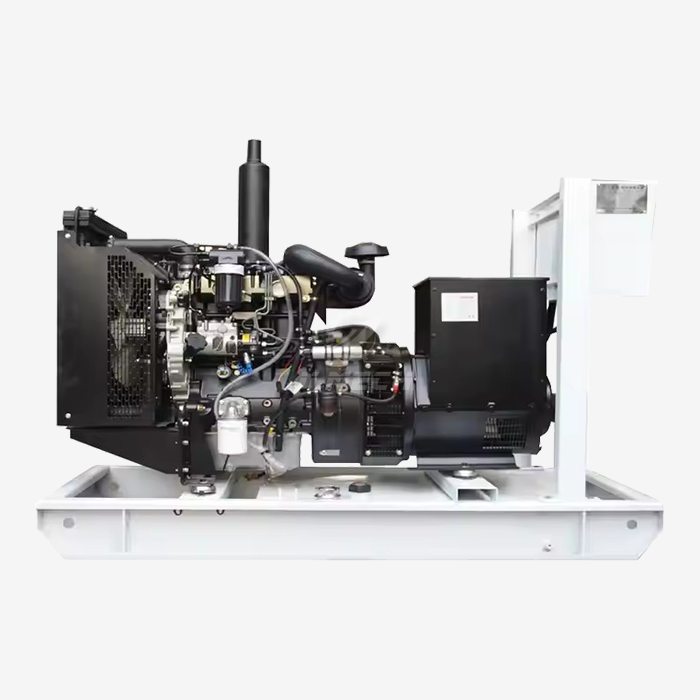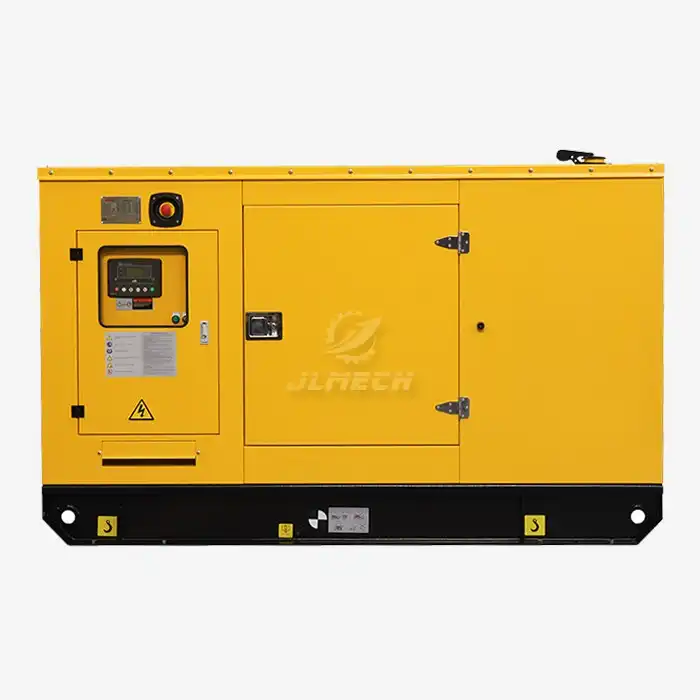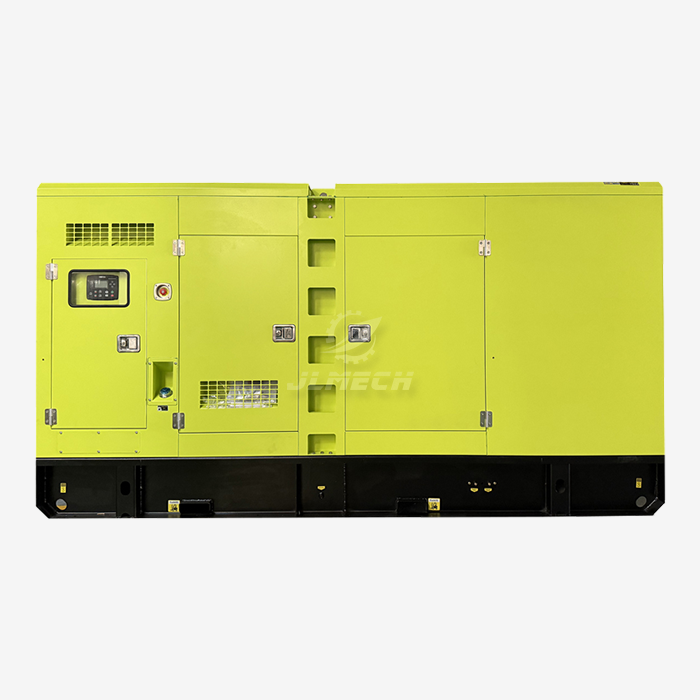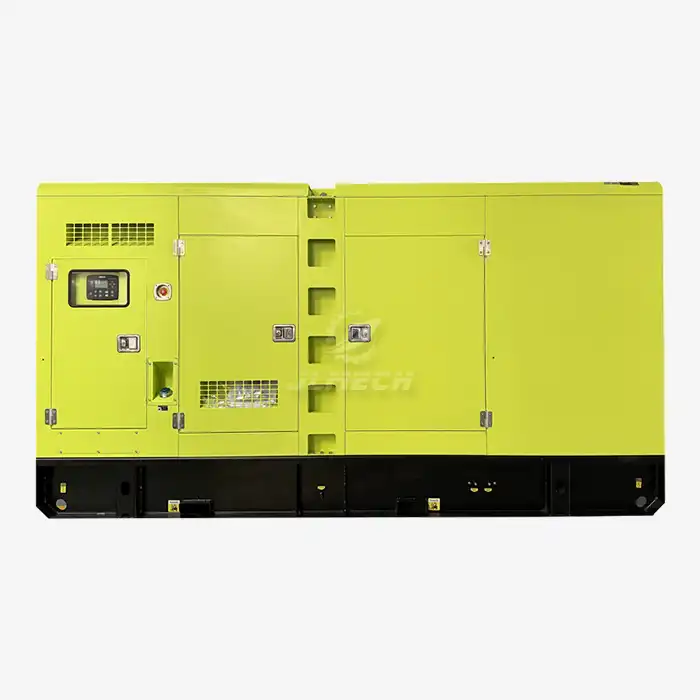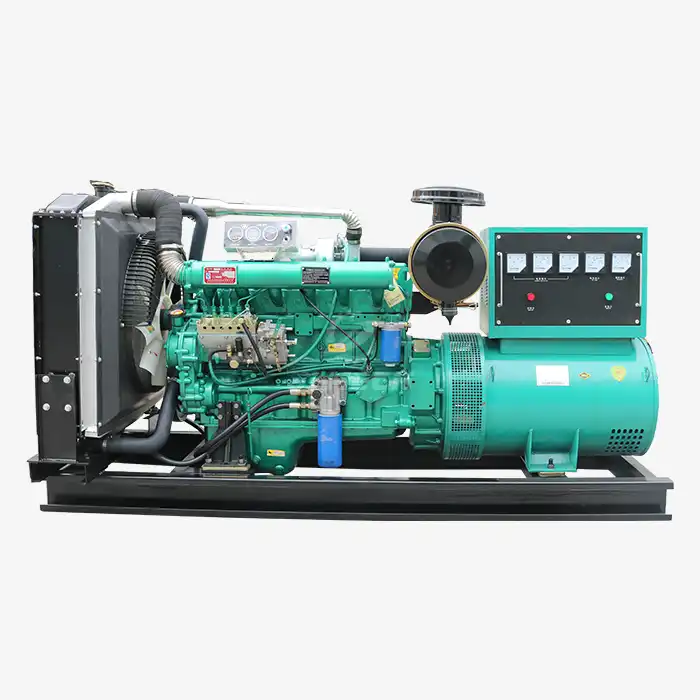Simple Explanation of Engine Load Factor for Beginners
For those new to diesel generators, understanding the concept of engine load factor is crucial for optimizing performance, efficiency, and longevity. Put simply, the engine load factor describes how hard your generator is working compared to its maximum capability at any given moment. It's a percentage that indicates the relationship between the actual power being produced and the maximum power the generator can produce under current conditions. Grasping this fundamental concept will help you operate your generator more efficiently, reduce fuel costs, and extend its service life. This guide breaks down this essential concept into easy-to-understand segments, empowering you to make informed decisions about your power generation equipment.

What Exactly is Engine Load?
Engine load fundamentally represents the demand placed on your generator. Think of it as:
A Measure of Output vs. Capacity: It's the ratio of the generator's current electrical output to its maximum possible output at that specific time and condition.
A Percentage Value: A 0% load means the generator is running but producing no power, while 100% load means it's operating at its maximum safe capacity.
For a more technical definition, it can be understood as the engine's output torque relative to the maximum torque it can produce at that RPM. Imagine a truck rated to carry 50 people. If it carries 25 people, it's at 50% load capacity. Similarly, if your 100 kW generator is powering equipment that draws 75 kW, it's operating at a 75% engine load factor.
Engine Load Factor and Diesel Generators
For diesel generators, the engine load factor isn't just a number—it's a key indicator of operational health and efficiency. Generators are designed to supply power, and the load factor directly influences:
Fuel Efficiency: Generators consume fuel differently at various load levels.
Engine Longevity: Consistently operating at extremely low or high loads can stress engine components.
Emissions: The completeness of combustion, and thus the level of emissions, varies with load.
In power generation contexts, this concept is sometimes referred to as the "generation unit load factor," which characterizes the relationship between the actual energy produced and the potential maximum over a period.
Why Load Factor Matters for Your Operation
Understanding and managing the load factor is critical for both cost savings and equipment care.
Optimal Fuel Consumption: Operating within the ideal load range ensures you get the most power from every liter of fuel.
Reduced Maintenance Costs: Avoiding problematic load zones minimizes wear on engine parts, leading to fewer breakdowns and lower maintenance expenses.
Extended Engine Life: Just like a vehicle, a generator that isn't constantly overworked or underutilized will last significantly longer.
Reliable Performance: A properly loaded generator maintains stable voltage and frequency, protecting the sensitive equipment it powers.
Factors Influencing Engine Load
Several variables can cause your generator's load factor to fluctuate:
Connected Equipment: The combined power demand (in kW) of all machinery, tools, and systems plugged into the generator is the primary driver of load.
Equipment Start-Up Sequences: Large electric motors can draw significantly more power during startup (inrush current), causing a temporary spike in load.
Operational Changes: Turning high-consumption devices on or off directly changes the load. A factory might see a high load during production hours and a very low load overnight.
Environmental Conditions: High ambient temperatures or altitude can reduce a generator's maximum capacity, which affects the load factor calculation.
Finding the Optimal Load Range
Not all load levels are created equal. Finding the "sweet spot" is key to efficient operation.
The Problem of Low Load: Consistently running a diesel generator below 30-40% load is inefficient and can cause "wet stacking," where unburned fuel and carbon clog the engine and exhaust, increasing maintenance needs.
The Danger of Overload: Sustained operation above 100% load strains the engine, leads to excessive heat, and can cause premature failure.
The Ideal Zone: For many diesel generators, the best balance of fuel efficiency and engine health is achieved at a engine load factor between 70% and 80% of its rated capacity. This provides a good power reserve for small load increases while ensuring clean and efficient combustion.
Monitoring and Calculating Load Factor
You can't manage what you don't measure. Here's how to keep track of your generator's load.
Using the Control Panel: Most modern generators have a digital display that shows the current load percentage in real-time. This is the simplest way to monitor it.
Manual Calculation: If you know the total power (in kW) of the equipment running and the generator's maximum rated output (in kVA or kW), you can calculate the approximate load factor. For example, (75 kW / 100 kW) * 100% = 75% load.
Advanced Monitoring Systems: For critical operations, integrated sensors and data loggers can track the engine load factor over time, helping you analyze trends and optimize usage patterns.
Impact of Load Factor on Maintenance
Your maintenance schedule should be influenced by how your generator is loaded.
Low-Load Operation: Requires more frequent attention to air filters, fuel injectors, and may involve periodic "exercising" under a significant load to burn off accumulated deposits.
High-Load Operation: Demands vigilant monitoring of coolant levels, oil condition, and the cooling system to prevent overheating.
Optimal Load Operation: Generators running in the 70-80% range typically experience less strenuous conditions, which can extend service intervals and reduce the frequency of major overhauls. Regular load testing is a key part of the maintenance routine to verify performance and stability under stress.
Conclusion
Mastering the concept of engine load factor is a fundamental step toward achieving cost-effective and reliable power generation. It is the crucial link between how you use your generator and the results you get in terms of performance, upkeep, and expense. By aiming to operate your diesel generator within its optimal load range—typically between 70% and 80%—you actively promote its longevity, maximize fuel efficiency, and ensure it is ready to perform when you need it most. An informed approach to load management is a powerful tool for any business relying on backup or prime power.
Our team of experts is ready to help you analyze your power requirements and select a generator that will operate at an optimal engine load factor for your specific application. For a personalized consultation, please contact us at skala@whjlmech.com.
References
- Johnson, M. (2022). Emergency Power Systems: A Comprehensive Guide to High-Speed Diesel Generators. Power Engineering Quarterly, 45(3), 78-92.
- DL/T 256-2012, Urban Power Grid Power Supply Security Standard.
- GB/T 12325-2008, Power Quality - Deviation of Supply Voltage.
- Xu, N. (2020). New Technologies and Applications for Diesel Generator Sets.
- IEC 61000-4-11, Testing and Measurement Techniques - Voltage Dips, Short Interruptions and Voltage Variations Immunity Tests.



